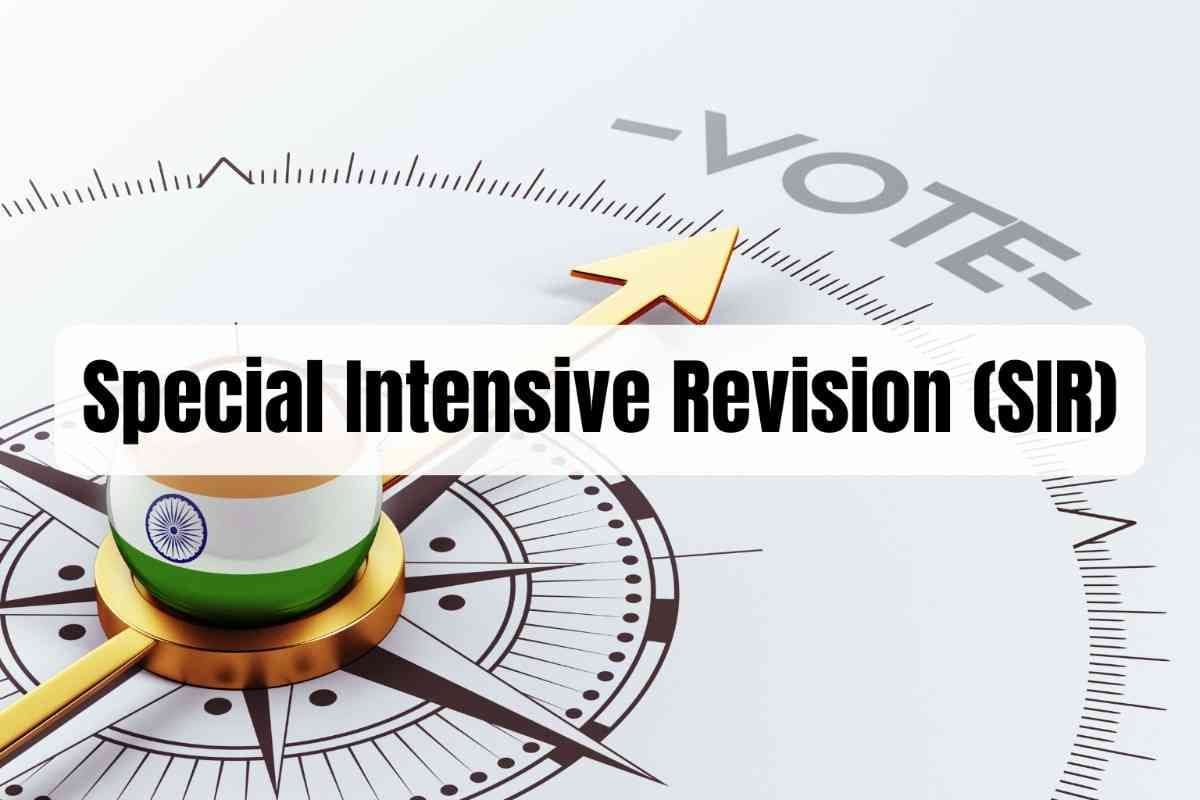Current Affairs 2025 - Transforming India’s Digital Future: Insights into the Draft Digital Personal Data Protection Rules, 2025
Feb, 2025
•4 min read
Why in News?
The release of India's Draft Digital Personal Data Protection Rules, 2025, underscores the nation's efforts to ensure robust digital governance, strengthen data privacy, and bridge the digital divide in its rapidly growing digital ecosystem.
Introduction
India’s digital transformation has positioned the nation as a global leader in technological innovation and digital governance. The Digital India Initiative, launched in 2015, has been pivotal in driving digital inclusion, e-governance, and economic growth. However, while significant progress has been made, challenges such as the digital divide, cybersecurity vulnerabilities, and inadequate infrastructure persist. Addressing these issues is essential for ensuring an inclusive, secure, and sustainable digital future.
Key Drivers of India’s Digital Growth
1. Expanding Digital Infrastructure
- Rural Connectivity: Initiatives like BharatNet aim to connect rural areas with high-speed internet, while PM-WANI promotes affordable public Wi-Fi.
- 5G Rollout: The deployment of 5G networks accelerates digital adoption and innovation.
- Urban and Rural Bridging: Programs ensure e-governance and digital services reach underserved regions.
- Large User Base: Over 800 million internet users are driving digital engagement.
- OTT Dominance: 86% of internet users consume OTT services, reflecting the growing demand for digital entertainment.
2. Booming Digital Economy
- E-Commerce Growth: Platforms like ONDC democratize commerce for small businesses.
- Start-Up Ecosystem: Tech startups innovate across sectors, generating employment and boosting economic growth.
- Economic Impact: India is on track to become a $1 trillion digital economy by 2028.
- Consumer Habits: Digital payments and online services transform consumer behavior.
- Employment Opportunities: The IT sector alone employs 5.4 million people as of FY23.
3. Digital Financial Inclusion
- UPI Revolution: UPI processed ₹23.49 lakh crore in October 2024, making digital payments mainstream.
- Jan Dhan Accounts: Over 50 crore accounts ensure financial access for the unbanked population, especially women.
- Digital Rupee Pilot: Reflects India’s readiness for next-gen financial systems.
- DBT Schemes: Direct Benefit Transfers (DBTs) improve welfare delivery efficiency.
- Rural Empowerment: Increased financial inclusion in remote areas supports economic stability.
4. Rising Smartphone Penetration
- Affordable Access: Low-cost smartphones and data plans enable digital participation.
- Mobile-First Economy: Smartphones drive access to education, e-commerce, and healthcare.
- Domestic Production: Government incentives boost smartphone manufacturing and exports.
- Economic Growth: The Indian smartphone market shipped 69 million units in H1 2024.
- Content Access: Regional content and OTT platforms flourish due to smartphone penetration.
5. Tech-Driven Governance
- E-Governance Reforms: Initiatives like Aadhaar, CoWIN, and DBT make governance more transparent.
- Welfare Delivery: Tech-enabled platforms ensure services reach marginalized populations.
- National Scalability: CoWIN demonstrated India’s ability to scale digital solutions during crises.
- Ayushman Bharat Integration: Linked with DigiLocker for seamless health record management.
- Increased Efficiency: Reduces bureaucratic delays in public service delivery.

Key Issues Associated with India’s Digital Growth
1. Digital Divide
- Urban-Rural Gap: Rural internet penetration is only 37% as of 2023.
- Digital Literacy: At 37%, India’s digital literacy lags behind global averages.
- Affordability Issues: High costs of devices and services deter adoption in remote areas.
- Socio-Economic Barriers: Marginalized communities face challenges accessing digital resources.
- Regional Disparities: Uneven access to infrastructure and services across states.
2. Cybersecurity Threats
- Rising Incidents: India faced 13.91 lakh cybersecurity incidents in 2022.
- Skill Shortage: There is a gap of 7,90,000 cybersecurity professionals in the country.
- Data Breaches: Increasing ransomware and phishing attacks threaten individuals and businesses.
- Inadequate Infrastructure: Lack of robust systems for threat detection and response.
- SME Vulnerability: Small businesses struggle with adopting security best practices.
3. Data Privacy and Protection
- Inadequate Frameworks: Until recently, India lacked strong data protection laws.
- DPDP Act Concerns: Enforcement challenges and potential misuse of provisions.
- Unauthorized Practices: Excessive data collection by companies violates user privacy.
- Consumer Trust Issues: Citizens remain wary of data security and misuse.
- Localized Regulation Gaps: Absence of regional accountability mechanisms for data grievances.
4. Infrastructure Bottlenecks
- Low Internet Speeds: India ranks 25th globally in mobile internet speed.
- 5G Rollout Delays: Regulatory hurdles slow the rollout process.
- Insufficient Fiber Networks: Rural areas lack adequate fiber-optic connectivity.
- Urban Focus: Infrastructure development skews toward cities.
- Spectrum Auction Delays: Complex procedures hinder technological advancements.
5. Environmental Impact of Digital Expansion
- E-Waste Surge: India generated 1.751 million metric tonnes of e-waste in 2023-24.
- Energy-Intensive Data Centers: Rapid growth of data centers raises sustainability concerns.
- Policy Gaps: Lack of robust e-waste management frameworks exacerbates the problem.
- Recycling Deficiency: Insufficient initiatives for recycling and upcycling e-waste.
- Carbon Footprint: Increased energy consumption impacts India’s climate goals.

Steps to Strengthen India’s Digital Landscape
1. Bridging the Digital Divide
- Infrastructure Expansion: Strengthen BharatNet and PM-WANI for rural connectivity.
- Affordable Devices: Subsidize smartphones and other digital devices.
- Localized Content: Promote regional language content for inclusivity.
- Skill Development: Link PMGDISHA with Skill India Mission.
- Community Outreach: Engage local champions to increase participation.
2. Enhancing Cybersecurity
- Capacity Building: Expand Cyber Surakshit Bharat to SMEs and startups.
- Skill Training: Address the cybersecurity skill gap with targeted programs.
- R&D Support: Promote indigenous solutions through PLI schemes.
- Real-Time Detection: Develop robust systems for threat identification.
- Regulatory Enforcement: Strengthen cybersecurity compliance standards.
3. Sustainable Digital Growth
- E-Waste Management: Integrate Swachh Bharat with e-waste initiatives.
- Green Tech Startups: Incentivize eco-friendly technology solutions.
- Energy Efficiency: Promote sustainable data center operations.
- PLI for Green Tech: Extend incentives to green technology manufacturing.
- Public Awareness: Conduct campaigns on recycling and e-waste reduction.
4. Promoting Inclusivity
- Accessible Services: Mandate assistive technologies for public platforms.
- Regional Interfaces: Promote AI-driven voice interfaces in local languages.
- Affordability: Launch subsidized internet plans for marginalized groups.
- Integration with Accessibility Programs: Link Digital India with Accessible India Campaign.
- Gender Inclusivity: Focus on empowering women in digital spaces.

Conclusion
India’s digital journey showcases immense potential to transform governance, society, and the economy. However, bridging the digital divide, enhancing cybersecurity, and addressing environmental challenges are essential to realize the vision of Digital India. By fostering inclusivity, innovation, and sustainability, India can position itself as a global leader in the digital age.
Weekly News Analysis by SuperKalam
Related Blogs
![Vijay Diwas 2025: Why 16 December is Celebrated [UPSC Current Affairs]](/_next/image?url=https%3A%2F%2Fblog-media.superkalam.com%2FVijay_Diwas_2631842d69.jpeg&w=3840&q=75)
Vijay Diwas 2025: Why 16 December is Celebrated [UPSC Current Affairs]
Dec, 2025
•6 min read

Special Intensive Revision (SIR) of Electoral Rolls: Definition, Objectives, Significance, & Challenges
Dec, 2025
•4 min read

UNICEF Day 2025: 79 Years of Global Commitment to Child Rights & Protection
Dec, 2025
•4 min read